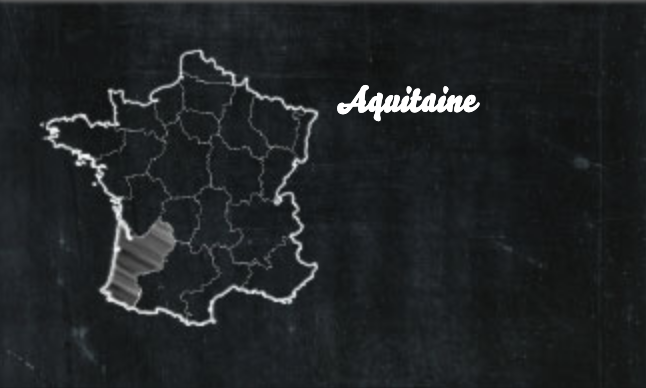A shepherd’s snack, a farmer’s dessert, or the pride of a region, being the only AOC cheese of the Pyrenees, Ossau-Iraty is entwined with the history and traditions of these mountains.
Ossau – Iraty AOC

Origin
Characteristics
– AOC since 1980.
– Hard, uncooked pressed cheese.
– 50% fat content. Small wheel with straight or slightly convex sides 26 cm in diameter,
– 12-to-14-cm thick, and weighing 4 to 5 kg. Farm-made cheeses may weigh up to 7 kg, while Petit Ossau-Iraty weighs 2 to 3 kg.
– The cheese is an off-white colour, firm, creamy, and smooth. Several small eyes are a sign of proper maturation. It is covered with a thick, ashy rind, which gets more yellow-orange the longer it ages.
– Production: 3,300 tonnes.
Gastronomie
Ossau-Iraty is grated or cut into thin slices for making soups and gratins or the famous pastexa, a flatbread pancake. When eaten with red fruits like cherries or full-bodied white wines from its birthplace like Madiran or Irouléguy, Ossau-Iraty’s flavours of grass and spring and summer flowers are greatly enhanced.
Production
The curd is stirred with a whisk until it becomes milky. The ageing process, punctuated by multiple turnings and rubbings, takes at least three months.
The work rhythm in the “cujalas” of the Béarn region or the Basque “cayolars”, mountain cabins made of stone, is immutable: one and a half to two hours dedicated to milking, five to five and a half for making cheese.
Transhumance is the product of a millennia-old pastoral society that puts all of its strength and loyalty into milk. There are 2,000 flocks that leave in the spring every year to graze for three months in lush summer pastures where grasses are mixed with fragrant plants like gentian, blueberry, wild thyme, and liquorice.
Manech ewes, whose heads are either red in the foothills or black in the peaks, and Basco-béarnaise ewes, the tireless hikers of the Béarn region, have always supplied the milk for Ossau-Iraty. They walk along to the sound of bells: a small bell around the neck of the ewe who is leading, and a large bell with a muffled sound around the neck of the last ewe.
Production Area
The Ossau-Iraty region is made up of the Pyrénées-Atlantiques department and three villages of the Hautes-Pyrénées, in Béarn and the Basque Country. The area is full of mountains, deep, lush valleys, and thick forests.
The name of the cheese comes from the Ossau valley in Béarn and the Iraty forest in the Basque Country. A cheese from the Pyrenees was reportedly already being sold at the Toulouse market in the first century BC. In all likelihood, it was the monks at the Bellocq Abbey who first gave it its first name, “Laruns”, after a village in the Ossau valley.